ਕਿਵੇਂ ਠੀਕ ਕਰੀਏ: "ਆਈਫੋਨ ਅੱਪਡੇਟ ਨਹੀਂ ਹੋ ਸਕਿਆ। ਇੱਕ ਅਣਜਾਣ ਗਲਤੀ ਹੋਈ (7)"?
iPhones depend on smooth software updates to stay secure, fast, and reliable, whether done over the air or through Finder/iTunes. However, update problems can still happen due to software conflicts, hardware issues, server errors, or corrupted firmware.
The message “The iPhone could not update. An unknown error occurred (7)” appears when the device can’t complete the verification or installation process. Some users may also see “The iPhone ‘[device name]’ could not update account,” especially during a restore. Both messages indicate the same issue—something is interrupting the firmware installation.
The good news is that the problem can often be fixed at home without losing data. With the right steps—ranging from simple connection checks to advanced repair tools—you can restore your device and complete the update successfully.
1. Why Does “iPhone Could Not Update Account. An Unknown Error Occurred (7)” Happen?
While Apple does not officially document error (7) in detail, the problem typically comes from one of the following:
- USB or connection issues — A faulty Lightning cable or unstable USB port interrupts communication during the update.
- Outdated Finder/iTunes or macOS/Windows components — Old software cannot properly verify or install the new iOS firmware.
- Corrupted or incomplete firmware files (IPSW) — A damaged download stops the update from completing.
- Insufficient storage on the iPhone — The device needs several gigabytes of free space to unpack and install the update.
- System-level conflicts or software corruption — Damaged iOS components can prevent the update from starting or finishing.
- Hardware issues (rare) — Problems with storage chips or the logic board can repeatedly trigger error (7).
Even though the cause varies, the good news is that most cases are fixable at home.
2. How to Fix: “The iPhone Could Not Update. An Unknown Error Occurred (7)”?
Below are the most effective solutions, starting with quick fixes and moving toward deeper repair steps.
2.1 Restart Both the iPhone and Computer
A simple restart clears temporary software glitches and connection conflicts.
- Power off your iPhone completely
- Restart your Mac or Windows PC
- Try the update again
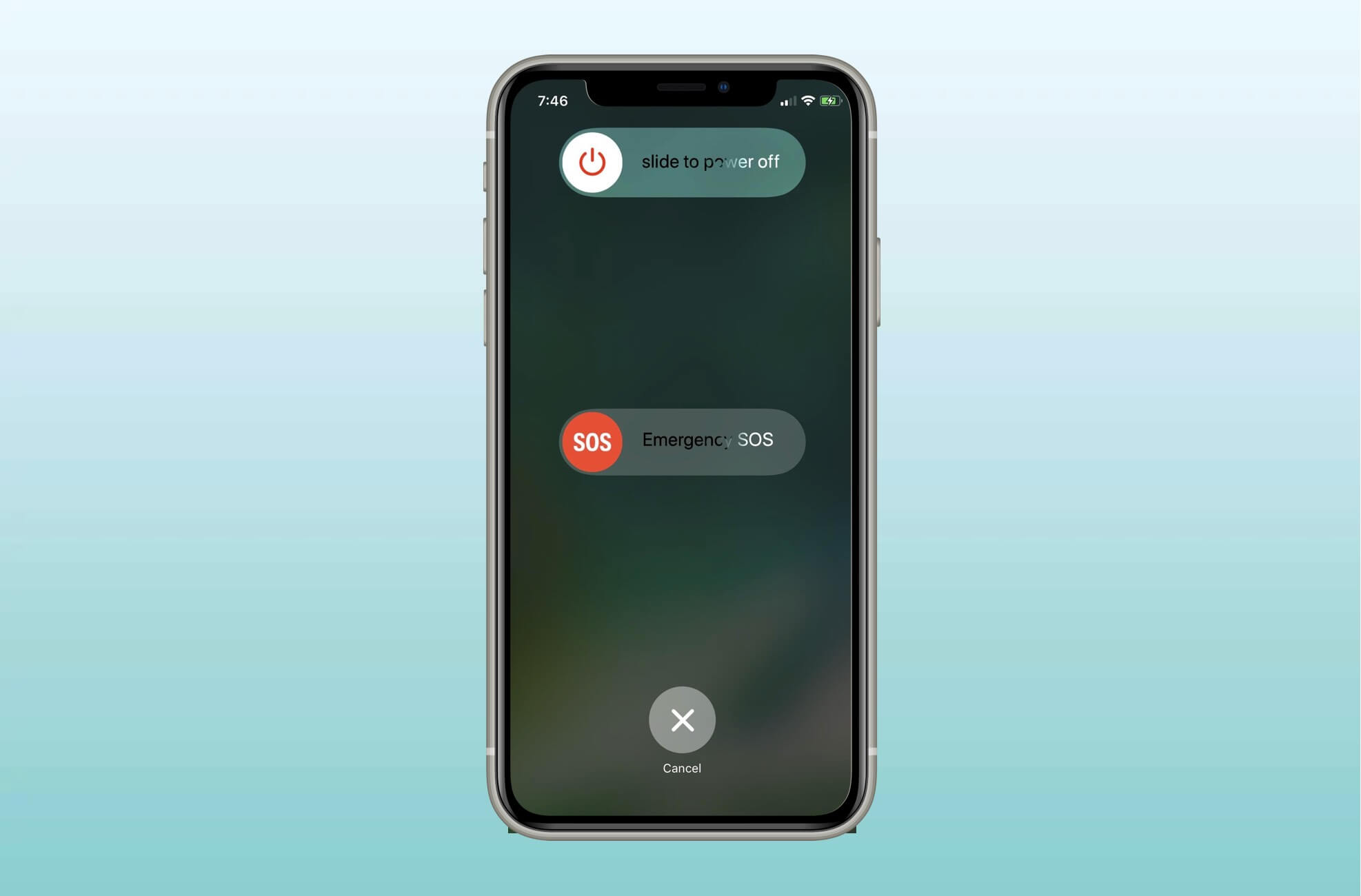
If the error happens early in the update process, a restart often resolves it.
2.2 Check Your Lightning Cable and USB Port
A stable connection is essential when updating via computer. If the connection drops for even a second, the update fails and error (7) may appear.
Do the following:
- Use the original Apple Lightning cable or an MFi-certified cable
- Avoid USB hubs—plug directly into the computer
- Try a different USB port
- Try another computer if available
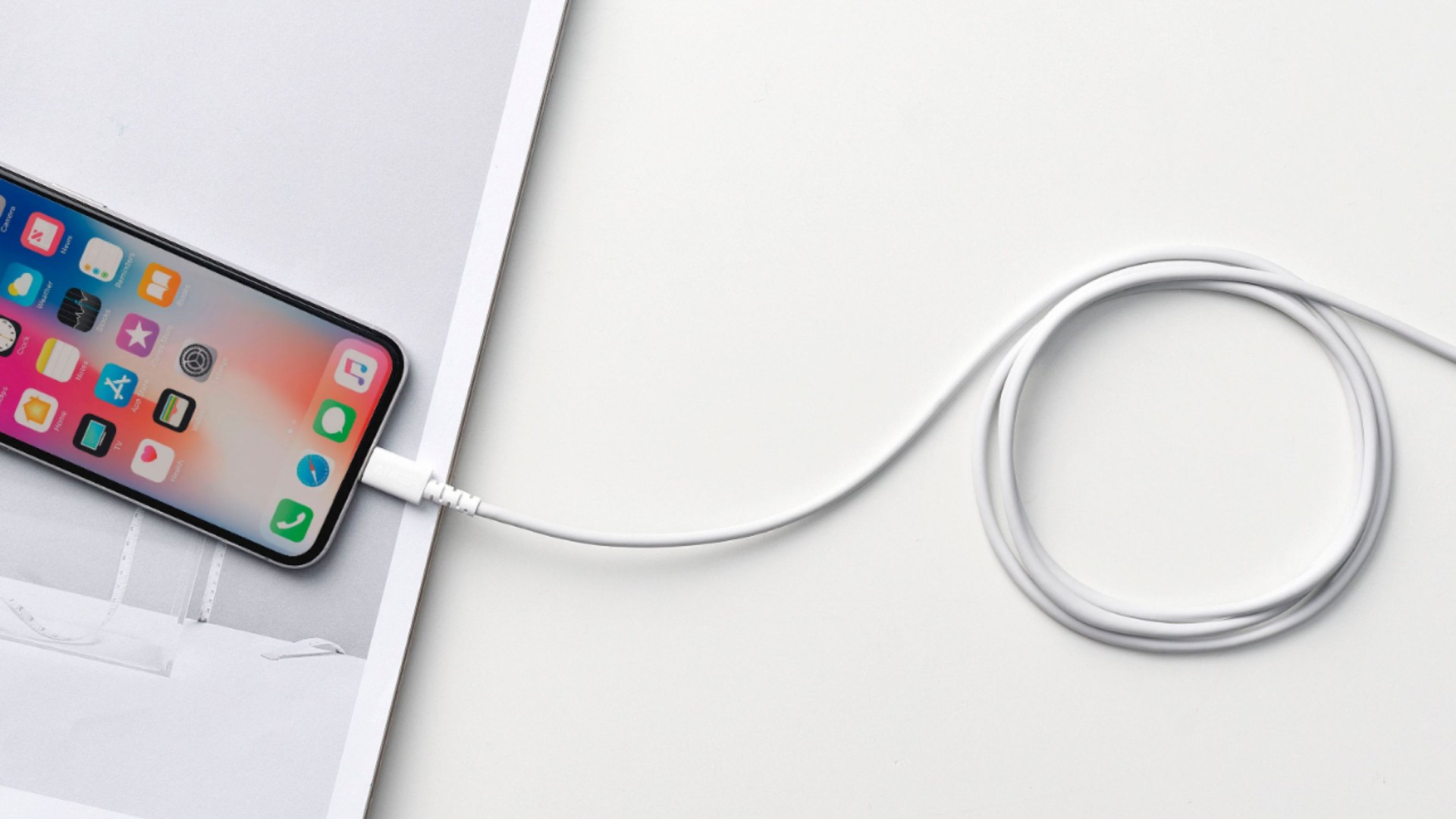
This is one of the most common and overlooked causes.
2.3 Update Mac, Windows, or iTunes/Finder
Compatibility issues between your computer’s software and the latest iOS firmware can trigger the error.
On macOS:
'ਤੇ ਜਾਓ System Settings → General → Software Update and install all available updates.
On Windows
- Update iTunes through the Microsoft Store
- Ensure Apple Mobile Device USB Driver is installed
- Reinstall Apple’s support software if necessary
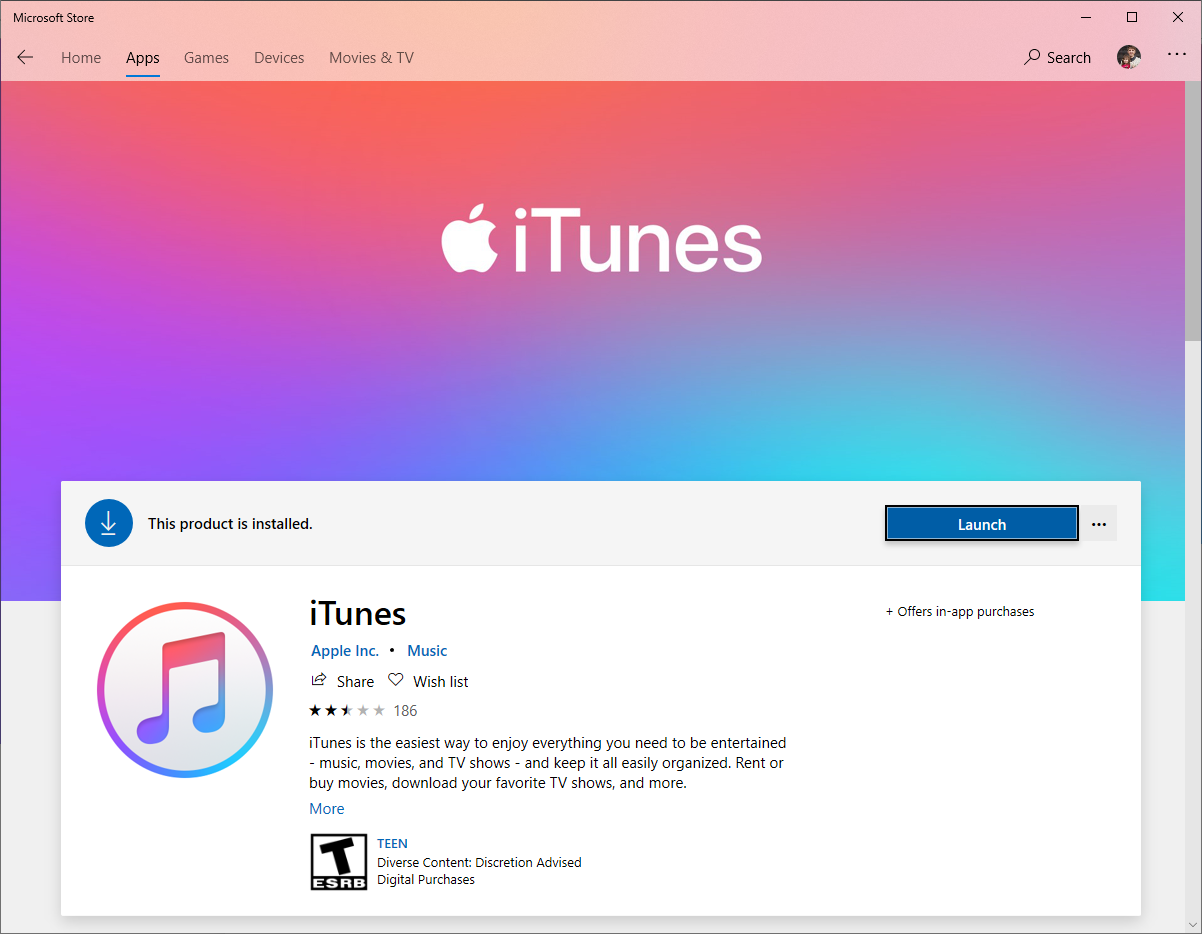
Once the computer software is fully updated, attempt the iOS update again.
2.4 Free Up Storage Space on the iPhone
Apple’s update process requires free storage for unpacking the firmware. If your iPhone is nearly full, the update may fail during verification.
'ਤੇ ਜਾਓ Settings → General → iPhone Storage and free up at least 5–10 GB before trying again.
Recovery Mode forces the device to reinstall the update and is often effective for overcoming system-level conflicts.

2.5 Put the iPhone into Recovery Mode and Update
How to enter Recovery Mode:
ਚਾਲੂ iPhone 8+ , press Volume Up, then Volume Down, and hold Side; on iPhone 7 , hold Volume Down + Side; on iPhone 6s or earlier , hold Home + Power.
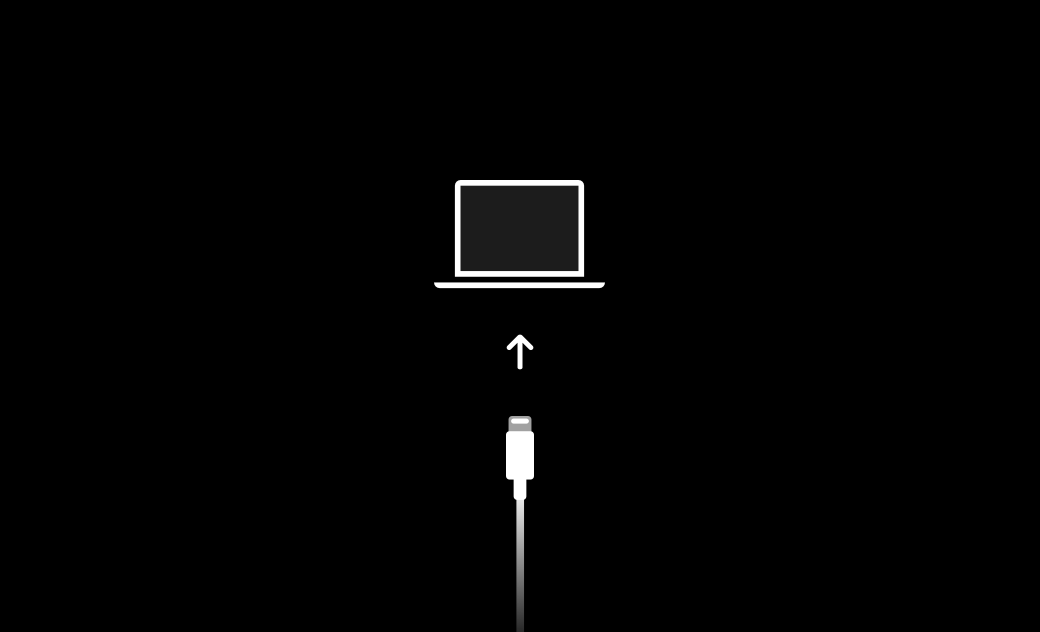
Keep holding until the Recovery Mode screen appears.
Then choose
ਅੱਪਡੇਟ ਕਰੋ
when Finder or iTunes prompts you.
If “Update” fails, you can repeat the process and select ਰੀਸਟੋਰ ਕਰੋ , though Restore will erase your device.
2.6 Try a DFU Mode Restore
DFU (Device Firmware Update) mode is deeper than Recovery Mode and can fix corruption that normal restores cannot.
DFU Mode directly reinstalls the firmware and bootloader, making it effective against stubborn errors, including error (7).

2.7 Delete and Re-Download the IPSW Firmware File
If the downloaded firmware file is corrupted, Finder/iTunes cannot complete the update.
On macOS:
Delete the firmware from:
~/Library/iTunes/iPhone Software Updates/
On Windows:
Delete from:
C:\Users\[YourName]\AppData\Roaming\Apple Computer\iTunes\iPhone Software Updates
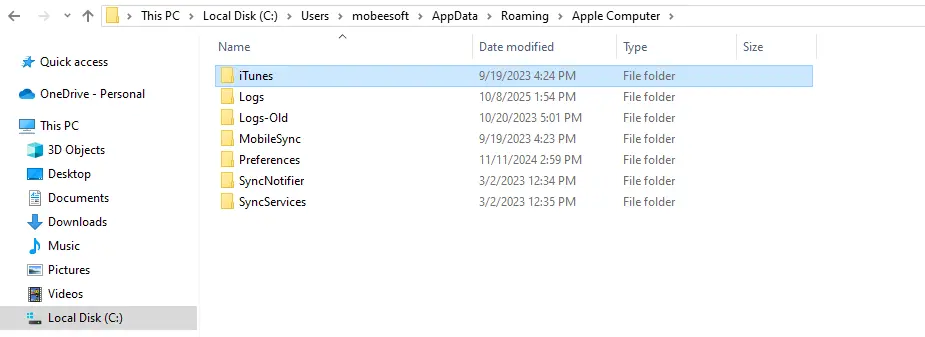
After deleting the IPSW, try the update again so the computer can download a fresh copy.
3. Advanced Fix: Use AimerLab FixMate to Repair Error (7)
If none of the standard methods solve the problem—or if you want a faster, easier solution—an advanced tool like AimerLab FixMate can repair error (7) automatically.
FixMate specializes in fixing more than 200 iOS system issues, including:
- Update errors like (7), (4013), (4005), (9), etc.
- Devices stuck in recovery mode
- Black or frozen screens
- ਬੂਟ ਲੂਪਸ
- iPhone not connecting to Finder/iTunes
- System corruption
How to Fix Error (7) Using AimerLab FixMate:
- Download and set up AimerLab FixMate on your Windows computer.
- Open the software and Connect your iPhone with a reliable USB cable.
Choose Standard Repair to avoid data loss, let FixMate automatically detect your device model. - Click to download the recommended iOS firmware package.
- Press Start Repair and wait for the process to finish.
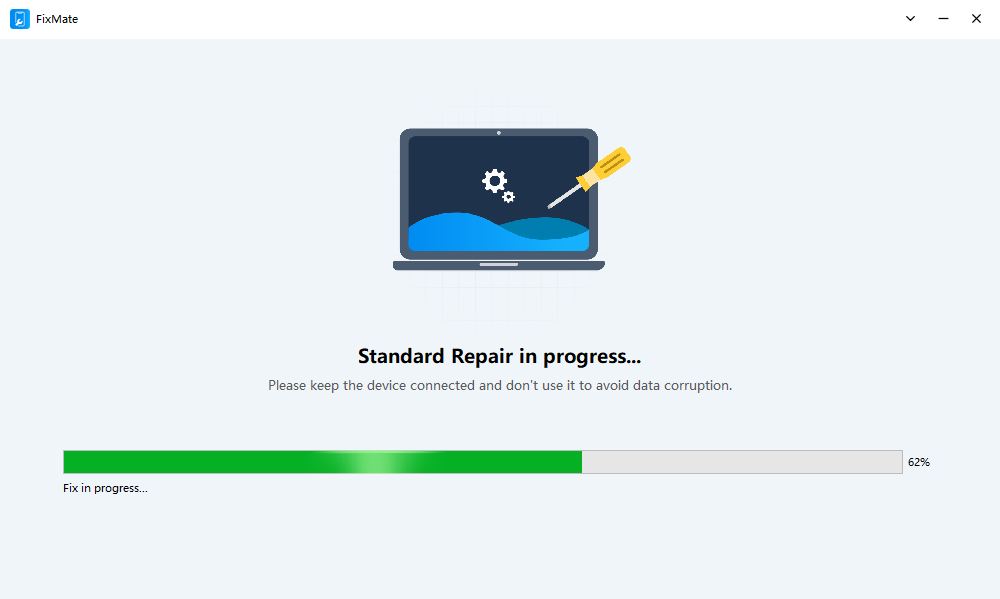
4. ਸਿੱਟਾ
“The iPhone could not update. An unknown error occurred (7)” is usually caused by connection issues, outdated software, or corrupted system files. While basic fixes like checking cables, updating your computer, using Recovery Mode, or reinstalling firmware often solve the problem, some cases are too stubborn for standard methods.
For a fast, reliable, and hassle-free repair, AimerLab FixMate offers the most effective solution. It fixes system errors, repairs corrupted iOS components, and resolves error (7) without data loss, making it the best tool for restoring your iPhone quickly and safely.
- ਆਈਫੋਨ 'ਤੇ "ਕੋਈ ਸਿਮ ਕਾਰਡ ਸਥਾਪਤ ਨਹੀਂ" ਗਲਤੀ ਨੂੰ ਕਿਵੇਂ ਠੀਕ ਕਰੀਏ?
- "iOS 26 ਅੱਪਡੇਟਾਂ ਦੀ ਜਾਂਚ ਕਰਨ ਵਿੱਚ ਅਸਮਰੱਥ" ਨੂੰ ਕਿਵੇਂ ਹੱਲ ਕਰੀਏ?
- ਆਈਫੋਨ ਨੂੰ ਕਿਵੇਂ ਹੱਲ ਕਰਨਾ ਹੈ ਜਿਸਨੂੰ ਰੀਸਟੋਰ ਨਹੀਂ ਕੀਤਾ ਜਾ ਸਕਿਆ ਗਲਤੀ 10/1109/2009?
- ਮੈਨੂੰ iOS 26 ਕਿਉਂ ਨਹੀਂ ਮਿਲ ਰਿਹਾ ਅਤੇ ਇਸਨੂੰ ਕਿਵੇਂ ਠੀਕ ਕਰਨਾ ਹੈ
- ਆਈਫੋਨ 'ਤੇ ਆਖਰੀ ਸਥਾਨ ਕਿਵੇਂ ਵੇਖਣਾ ਅਤੇ ਭੇਜਣਾ ਹੈ?
- ਆਈਫੋਨ 'ਤੇ ਟੈਕਸਟ ਰਾਹੀਂ ਲੋਕੇਸ਼ਨ ਕਿਵੇਂ ਸਾਂਝੀ ਕਰੀਏ?
- ਆਈਫੋਨ 'ਤੇ ਪੋਕੇਮੋਨ ਗੋ ਨੂੰ ਕਿਵੇਂ ਧੋਖਾ ਦੇਣਾ ਹੈ?
- Aimerlab MobiGo GPS ਸਥਾਨ ਸਪੂਫਰ ਦੀ ਸੰਖੇਪ ਜਾਣਕਾਰੀ
- ਆਪਣੇ ਆਈਫੋਨ 'ਤੇ ਸਥਾਨ ਨੂੰ ਕਿਵੇਂ ਬਦਲਣਾ ਹੈ?
- ਆਈਓਐਸ ਲਈ ਚੋਟੀ ਦੇ 5 ਨਕਲੀ GPS ਸਥਾਨ ਸਪੂਫਰ
- GPS ਸਥਾਨ ਖੋਜਕਰਤਾ ਪਰਿਭਾਸ਼ਾ ਅਤੇ ਸਪੂਫਰ ਸੁਝਾਅ
- Snapchat 'ਤੇ ਆਪਣਾ ਸਥਾਨ ਕਿਵੇਂ ਬਦਲਣਾ ਹੈ
- ਆਈਓਐਸ ਡਿਵਾਈਸਾਂ 'ਤੇ ਟਿਕਾਣਾ ਕਿਵੇਂ ਲੱਭੀਏ/ਸ਼ੇਅਰ/ਓਹਲੇ ਕਰੀਏ?




